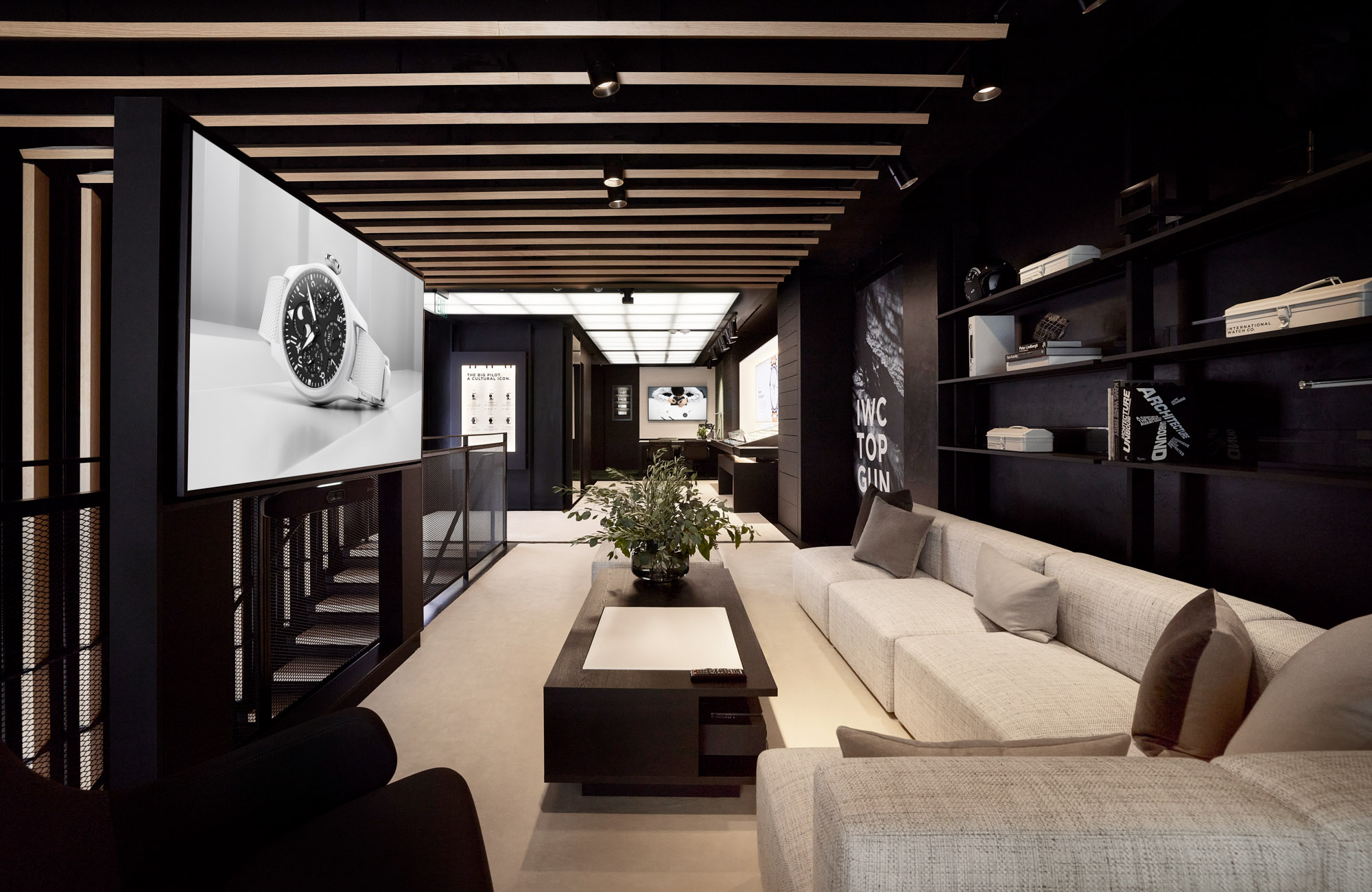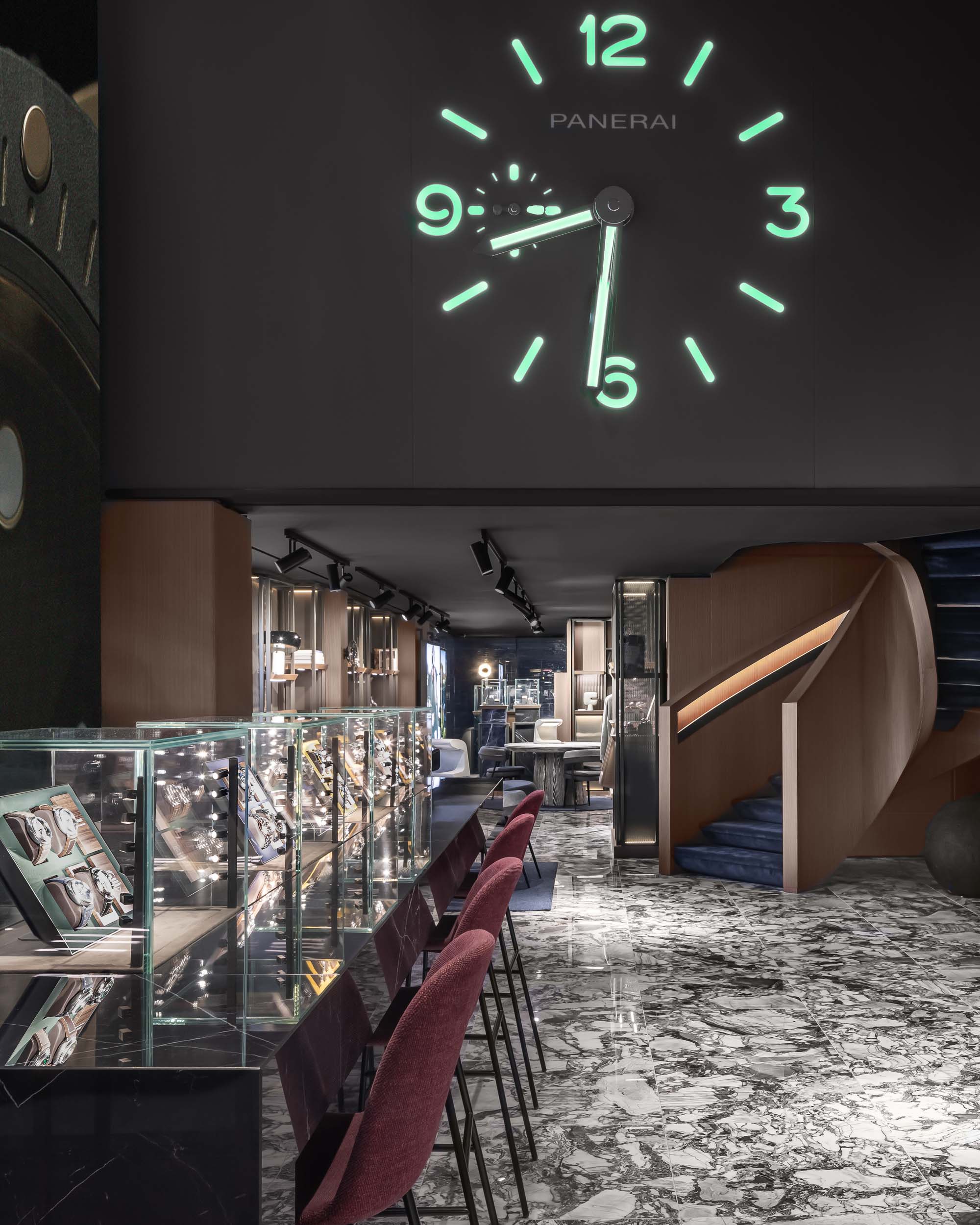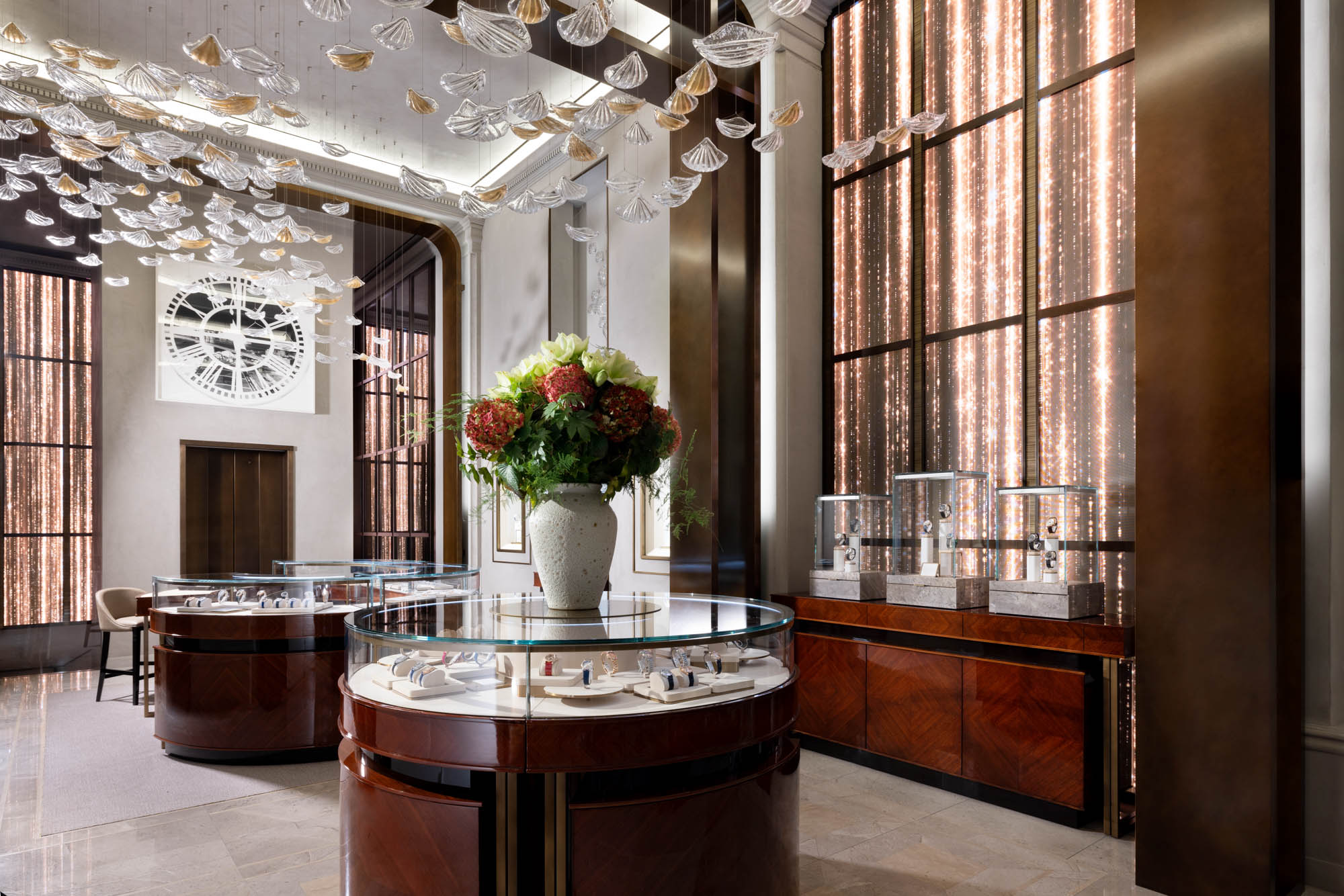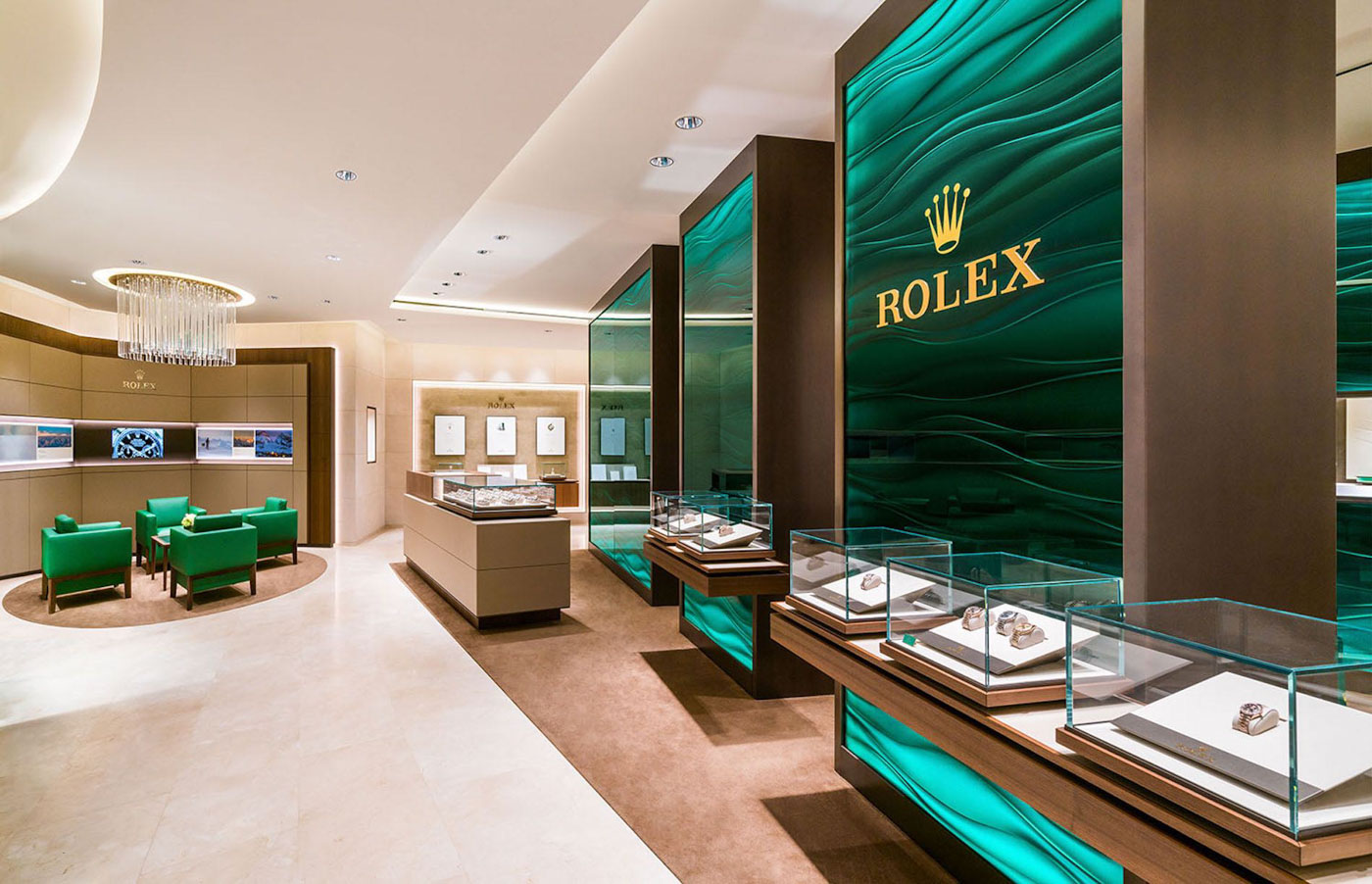
Easily the biggest difference in the watch industry in 2023 versus 2003 is the average experience of purchasing a wristwatch. Watches have changed, for sure, but many of the same reasons we loved watches 20 years ago remain the same today, but the industry designed to sell those watches to collectors and enthusiasts around the world has changed markedly. Even the way people talk about buying a watch today is radically different from the legacy experience of going into a third-party boutique and negotiating a deal.
The purpose of this article is to question the watch buyer community and ask if, in general lately, you like or dislike the way you’ve been treated while purchasing a watch. Is this a really important question? I think it is. In my opinion, a major reason people purchase luxury watches is to feel a certain way. A way that, in essence, rewards the self. Part of the feeling that watch buyers tend to chase extends to the actual purchase process. Consumers aren’t merely looking to acquire a good, but they want to feel a sense of validation and ego reward in the purchase process itself.

Unfortunately, while there have always been better and worse ways to buy a watch, today, the widely fragmented wristwatch retail market leaves a lot of opportunities for consumers to get irritated or taken advantage of. What really changed the game for the consumer experience was the low-inventory, high-demand situation that the watch marketplace experienced during the pandemic. For a variety of reasons, the general investing community started to see wristwatches as alternative assets, and a lot of non-watch-lovers purchased watches with the idea that they would go up in value. This fact, combined with pandemic-related product production issues, led to a wristwatch marketplace where sellers held much of the power. Not accustomed to having as much leverage over buyers (who historically had plenty of other places to take their money), watch sellers were emboldened to increase prices, decrease elements of service, and often ruthlessly attempt to upsell customers.
Thankfully, that era is quickly ending as consumers regain much of their negotiating power when it comes to buying watches. Production inventories are up, those alternative investing practices are down, and a general rebalancing of power between consumers and dealers is well underway. That said, the watch industry has learned a few lessons over the last five years, and many people on the retail side do not wish to return to a legacy status quo where they are beholden to the consumer.

One of the most important changes I have seen in the luxury watch retail space is the technology-powered fight for buyer relationships. Powered with fancy CMS (customer management system) software, brands and retailers are trying to get to know their clients better than ever and own those relationships to the exclusion of others. Many brands are trying to connect directly with their customers, entirely excluding any third-party dealers, while third-party dealers are leaning into the clientele and service side of their relationships with mostly local customers. The hope is that buyers will stick to making purchases with warm friends as opposed to cold corporations, especially if the price is on their side, and even if product availability isn’t always.
The most modern trick to selling luxury watches is for brands to both entirely own and guide the relationship with the client. Not content with merely selling watches when a customer is interested in one, many brands are employing “customer journey roadmaps” that include a combination of experiences, contacts, and conversations between the brand and its buyers. They aren’t just selling them jewelry, they are selling them entrance into an informal club, a network of like-minded people, participation in exclusive parties and events, and further product purchase opportunities. These brands have far exceeded the mere practice of being watchmakers and are now positioning themselves as luxury lifestyle brands that use timepieces as the totem in which their brand personality exists and is transmitted to others “in the know.”
All of this market experimentation and development is a good thing. What concerns me, however, is that a lot of the time the customer isn’t winning. The entire luxury industry is funded by buyers choosing to spend their dollars with one brand over another. In fact, those buyers must first be romanced on the idea of buying from an expensive brand over a more affordable one. The outcome after they purchase and own these products should ideally be customer enjoyment and happiness. If luxury watches exist to make buyers happy, then the market will logically not do very well if customers aren’t being made happy.

I used to mostly hear good stories about people’s experience buying watches, until the start of the pandemic when the positive stories started being outnumbered by the negative ones. Eventually, the market will correct itself, and poor buying experiences or practices will be phased out. My hope is that by openly discussing the current state of how buyers are being treated in the watch retail setting, some of the persisting issues can be more easily identified.
So, now it’s your turn. Chances are you’ve had a recent experience with a watch retailer or dealer. How was the experience? What went right or what went poorly? Have you personally experienced any change in the satisfaction you get during the watch-buying process over the last several years? Respond to the poll below and share your own experience in the comments.

